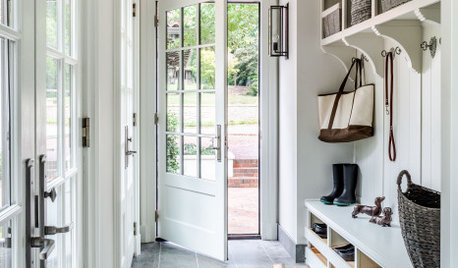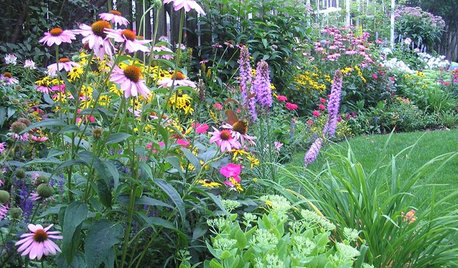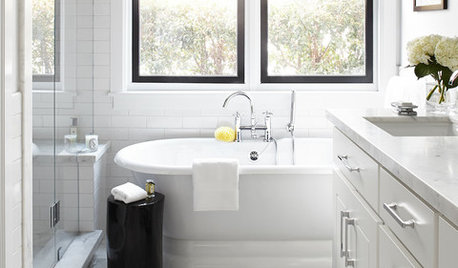Testing some principles
pjames
14 years ago
Related Stories

GREEN BUILDINGHouzz Tour: Passive House Principles, Active Benefits in Portland
Lower energy bills and consistent temperatures are just two of the advantages of this architect’s newly built home
Full Story
HOUSEKEEPINGLower Your Heating Bills With Some Simple Weather Stripping
Plug the holes in your house this winter to make sure cold air stays where it belongs: outside
Full Story
DECORATING GUIDESLess Is More: 6 Principles of Minimalist Design
Consider the Impact of Stunning Materials Left to Stand on Their Own
Full Story
ORGANIZING10 Principles of Organizing That Work in Every Room
Use these ideas to make it easier to find and put away your things
Full Story
ENTRYWAYSPut On a Good Face: Design Principles for Home Fronts
Set the right tone from the get-go with an entry that impresses and matches the overall design of your home
Full Story
MOST POPULARThe Right Way to Test Paint Colors
Here are 5 key steps to take to ensure you're happy with your wall paint color
Full Story
LANDSCAPE DESIGNTry Slow Gardening for Some Unexpected Benefits
Why set your garden on the fast track? Here's how to relax and enjoy it in an entirely new way
Full Story
BATHROOM DESIGNBath of the Week: Black, White and Classic, With Some Twists
Black trim and tile keep an otherwise snowy bathroom in a 1910 home from feeling sleepy
Full Story
DECORATING GUIDESDitch the Rules but Keep Some Tools
Be fearless, but follow some basic decorating strategies to achieve the best results
Full Story
KITCHEN DESIGNHow to Lose Some of Your Upper Kitchen Cabinets
Lovely views, display-worthy objects and dramatic backsplashes are just some of the reasons to consider getting out the sledgehammer
Full StorySponsored
Zanesville's Most Skilled & Knowledgeable Home Improvement Specialists
More Discussions






randomz
pjamesOriginal Author
Related Professionals
Salem Landscape Contractors · Athens Landscape Contractors · Englewood Landscape Contractors · Middle River Landscape Contractors · Winter Gardens Landscape Contractors · Clearfield Landscape Contractors · Arlington General Contractors · Clarksville General Contractors · Eau Claire General Contractors · Great Falls General Contractors · Greensburg General Contractors · Nampa General Contractors · North Lauderdale General Contractors · North Tustin General Contractors · Reisterstown General Contractorsrandomz
pjamesOriginal Author
jim08204
pjamesOriginal Author
jim08204
alexishgpr
randomz
dsfoxx